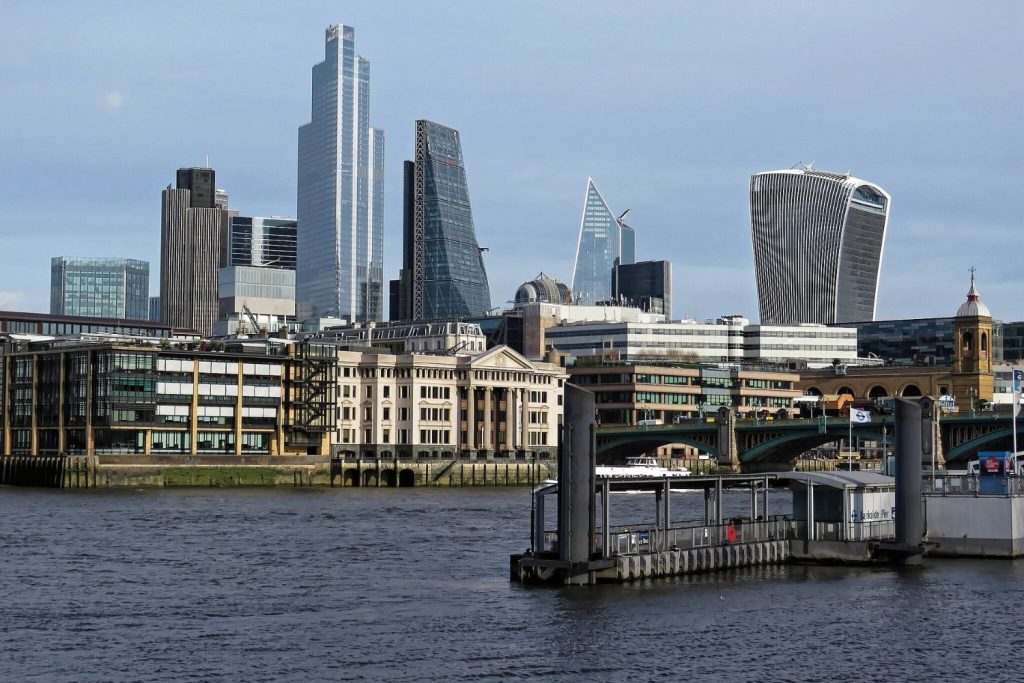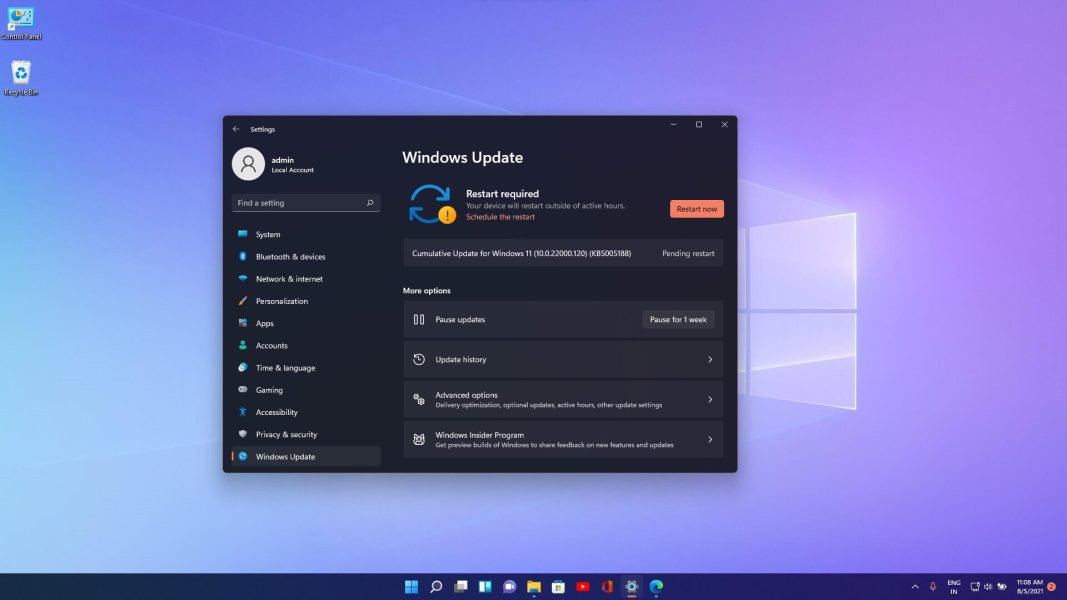The River Thames Has Been a Dumping Ground for Bodies for at Least 6,000 Years, Study Reveals – Gizmodo

The average Londoner might be shocked to hear that, over the past two hundred years, hundreds of human bones have been discovered in the River Thames. As new research shows, a sizable portion of these remains date back to prehistoric times.Researchers in the U.K. have studied the remains of 61 individuals recovered from the iconic river, confirming that most date back to the Bronze Age and Iron Age. Though it’s impossible to know exactly why the bodies ended up in the river thousands of years ago, the abundance of cases specifically between 2300 BCE to 43 CE led the team to suggest that the deposition of bodies during that time period was intentional.“We can now say with confidence that these don’t appear to just be bones that have steadily accumulated in the river through time,” Nichola Arthur, a curator at the Natural History Museum in London and co-author of the study, published last month in the journal Antiquity, told Live Science. “There really was something significant going on in the Bronze and Iron Ages.”Arthur and her colleagues used radiocarbon dating, a well-established method for dating organic matter, to identify the age of 30 previously undated skeletal remains. They then joined their new data with previous research, creating a timeline for 61 human remains dredged up from the Thames. While the remains span almost 6,000 years—4000 BCE to 1800 CE—most originated from the Bronze Age and Iron Age, confirming “previously reported predominance of Bronze and Iron Age dates,” the researchers wrote in the study.On the other hand, a lack of dates between around 300 and 600 CE “could reflect the decline in population of the London area between the end of the Roman period in the early fifth century [CE] and the establishment of the Saxon trading port of Lundenwic in the early seventh century [CE],” added Arthur, along with co-authors Jane Sidell, principal inspector of ancient monuments at Historic England, and Heather Bonney, principal curator of the anthropology collections at the Natural History Museum of London.The team dismissed the theory that bodies entered the Thames through the erosion of riverside Bronze Age and Iron Age burials due to a lack of archaeological evidence; no such burials have been found in the areas they examined. Instead, they ultimately suggest that the Thames bodies from the Bronze and Iron Age might be related to broader ritual “watery deposition practices” known to be present in northwestern Europe during those ages. In fact, they also cite material culture records that point to the Thames having likely been a “place of votive significance.”For those of you who now feel inspired to go scavenging for ancient treasures along the Thames—remember that you need a permit, and that there’s a waitlist!
ArchaeologyBronze AgeIron AgeRivers
Get the best tech, science, and culture news in your inbox daily.
News from the future, delivered to your present.
Please select your desired newsletters and submit your email to upgrade your inbox.
Military personnel and veterans just uncovered more of the U.K.’s most important Iron Age hoard.
An method driven by artificial intelligence is making it possible to read texts scorched and left buried by the eruption of Mount Vesuvius in 79 CE.
Strange wear marks on the teeth of Paleolithic people in Central Europe have long puzzled scientists, but new research may finally reveal the cause.
The Bronze Age footprints stand as a dark omen of the Roman-era disaster—one that clearly went unnoticed through centuries of human activity.
Despite its diminutive size, the artifact once featured a working lock mechanism.
The cluster of 13 burials, all facing west, includes a skeleton still wearing a black wristband.
Best of CES 2025 Awards ➜We may earn a commission when you buy through links on our sites.
©2025 GIZMODO USA LLC. All rights reserved.Mode
Follow us
Mode
Follow us






